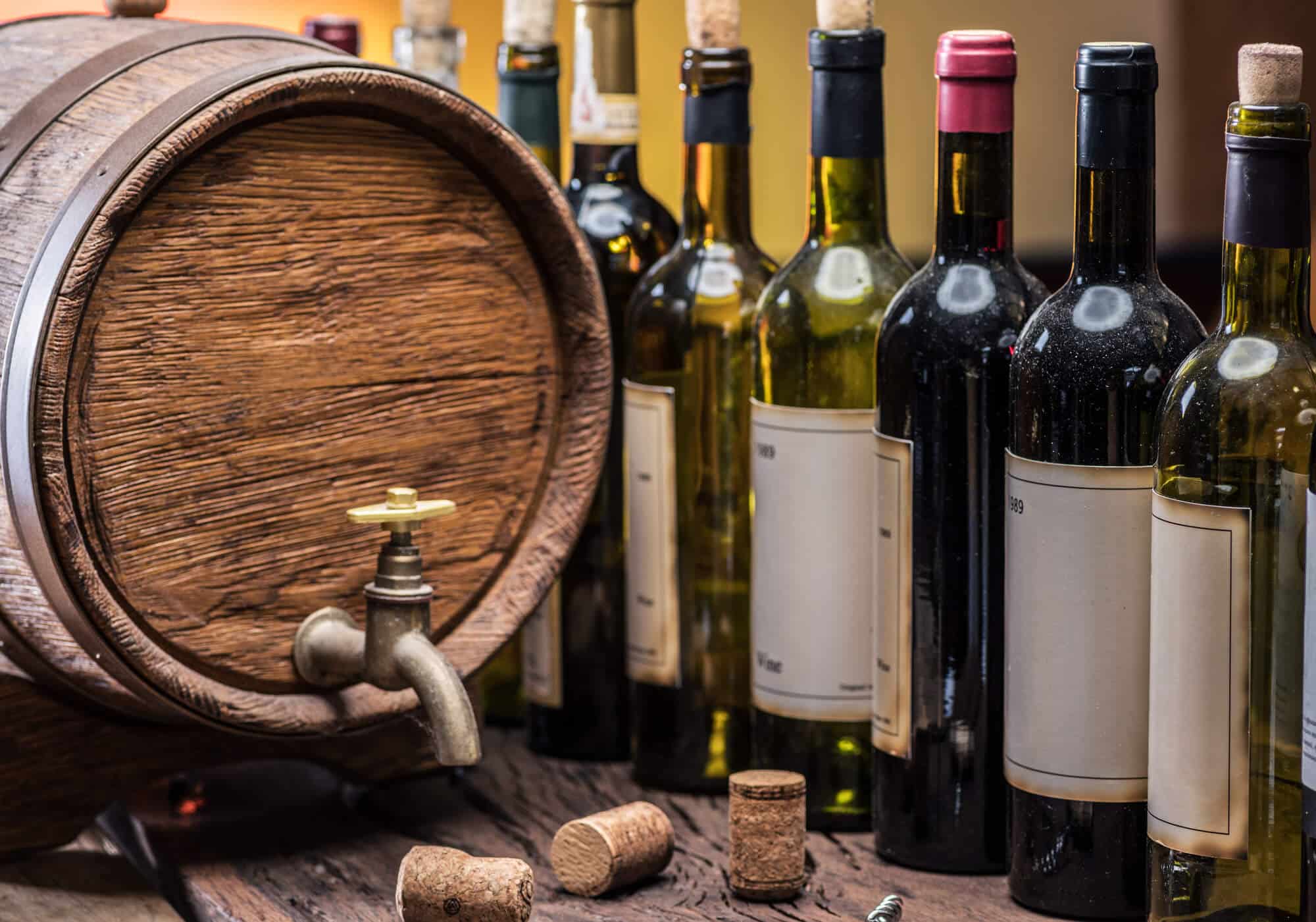NM asks: Why do you never put alcoholic drinks in plastic bottles?

The plastic bottle used to market mineral water, Coca-Cola and other drinks is an almost ideal container. The material from which the bottle is made is called polyethylene terephthalate or by its abbreviated name PET. It is lightweight, unbreakable, transparent, easy to fit a screw cap so that you can drink half a bottle and re-cork. It should be noted that why then do beer producers insist on sticking to glass or tin containers? Why force us to drink the entire contents immediately or to spill part of the drink by using containers that cannot be closed after opening? Why sell containers prone to shattering in a crowded place?
Some blame the conservatism of the alcohol producers: advertisements for beer and wine try to convince us that we are drinking the same drink that our fathers and grandfathers drank and a plastic bottle does not convey that much tradition. The problem with this explanation is that alcohol producers are actually reluctant to innovate. In the 19th century they happily adopted the glass bottle, in the XNUMXs the metal beer can. Even the bastion of conservatism of the cork stopper has yielded to progress and is giving way to synthetic stoppers: what suddenly stops them on the side of plastic? oxygen.
Oxygen is the enemy of wine
The history of alcohol packaging is the annals of the war on oxygen - the great enemy of every alcoholic drink. When you allow oxygen to run wild with wine, you get vinegar (sometimes this is exactly what you want to get) and even before the drink turns into a salad dressing, the delicate substances that give the drink its taste, smell and color will be oxidized and lost. The reaction of the oxygen with the aroma substances is also the reason why you will not find olive oil in PET bottles (except for oil from home producers who sell their products in unlabeled bottles). When only the porous ceramic was used to store the wine, its life span was short and the wine was mostly consumed mixed with water. The Romans went further and use lead oxide Toxic (litharge) to counteract the acid and to prevent the development of bacteria that will accelerate further acidification. The need to preserve wine (a staple food throughout long historical periods) was so strong that even when the toxicity of the substance became clear in the 18th century, only the application of the death penalty to wine sweeteners stopped the use of litharge.
Compared to the clay jug, the barrel was a significant improvement because its walls are less permeable to oxygen and because a large volume can be stored in one vessel. The larger the volume, the less surface area there is for contact with the oxygen per volume unit of a drink. Those who wanted wine would go to the tavern where they would pour it from the closed barrel into a glass for immediate drinking or at most fill the jug that the customer brought with him. Since the second half of the 19th century, the glass industry has provided cheap, sealed bottles to wineries and breweries, and since the XNUMXth century, metal cans for beer as well.
Holes that allow air to penetrate and oxygenate the wine, and the flooding of the oceans - the disadvantages of plastic
PET is, as mentioned, an almost ideal material for bottles and this "almost" originates from tiny spaces between the chains of atoms that make up the plastic. These holes are too small for water molecules to seep through them, but the oxygen from the air manages to pass through them, the packaging manufacturers are of course trying to overcome the problem: the Heineken company began marketing beer in 2015 In a unique bottle consisting of 5 layers: 3 of them are made of the usual plastic (including the outer and inner layer) and two layers of "oxygen barriers". Such a complex structure makes the production more expensive than the standard one used for soft drinks. Many patents have been registered in recent years for the production of PET bottles with oxygen-tight layers or containing additives that will react with the deadly oxygen on its way to spoil the beer or wine. But would we really want to replace the familiar and reusable glass bottle with more bottles that will fill the recycling cages or join theThe plastic casing that suffocates the earth?
Did an interesting, intriguing, strange, delusional or funny question occur to you? sent to ysorek@gmail.com
More of the topic in Hayadan:

One response
There is alcohol in plastic bottles." Black Label" and more.